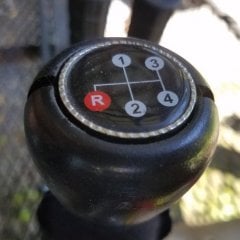To flush....... or not to flush! THAT is the question!
-
Recently Browsing 0 members
- No registered users viewing this page.
-
Forum Statistics
246k
Total Topics2.6m
Total Posts -
Member Statistics
-
Who's Online 25 Members, 0 Anonymous, 1,916 Guests (See full list)



.thumb.jpg.86f02fd2fd105ce655092cd32bf47f16.jpg)












Recommended Posts
Archived
This topic is now archived and is closed to further replies.